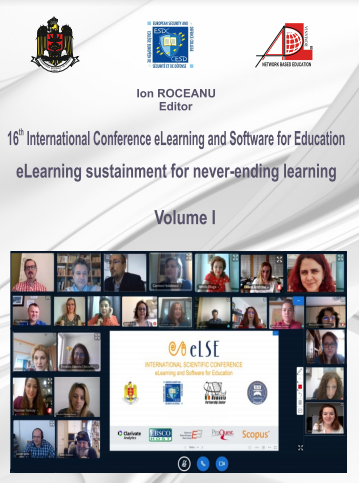AUTOMATED MODELING OF ROMANIAN LITERARY TRENDS IN HISTORY USING TOPICS OVER TIME AND CO-OCCURENCES
AUTOMATED MODELING OF ROMANIAN LITERARY TRENDS IN HISTORY USING TOPICS OVER TIME AND CO-OCCURENCES
Author(s): Laurențiu-Marian Neagu, Mihai Dascălu, Ştefan Trăuşan-Matu, Lucian Chişu, Eugen SimionSubject(s): Romanian Literature, WW II and following years (1940 - 1949), Post-War period (1950 - 1989), Transformation Period (1990 - 2010), Theory of Literature
Published by: Carol I National Defence University Publishing House
Keywords: Analysis of Chronology of Romanian Literary Life; Topic Modeling; Trends Over Time; Topic Entropy; Latent Dirichlet Analysis;
Summary/Abstract: The Chronology of Romanian Literary Life (also referred to as CVLR) is an ambitious effort conducted by the “G. Călinescu” Institute of Literary History and Theory to present the most important literature-related events from Romania, covering a period of 50 years, starting with World War II, up until the beginning of the 3rd century. Our work aims to capture the evolution of trends in the Romanian literary space using a Latent Dirichlet Allocation topic model, focused both on the changes in the structure of topics over time, as well as on the relations between the topics. The discovery of topics is related not only to the co-occurrences of words, but also to the temporal information these refer to. Two categories of periods were defined: broad – with periods 1949-1967 and 1990-2000–, and narrow – with periods 1949-1959, 1964-1967, 1990-1995, and 1996-2000. The obtained results are promising, showing that literature censorship, anti-communism movements, and political perspectives were recurrent through time. Some other topics evolved throughout the narrow periods. A topics bipartite matching was implemented between the two broad periods and showed, for example, that a topic described in communism by terms like socialism, work, heroes, soviet, and strength, transformed in post-communism to dictatorship and bad ideology. Our study represents a solid foundation for further analyses on Romanian literary events by relying on automated models grounded in advanced Natural Language Processing techniques. Overall, displaying trend dynamics over time is interesting both from an eLearning perspective, as well as from Literary and Historical perspectives.
Journal: Conference proceedings of »eLearning and Software for Education« (eLSE)
- Issue Year: 16/2020
- Issue No: 01
- Page Range: 151-158
- Page Count: 8
- Language: English

